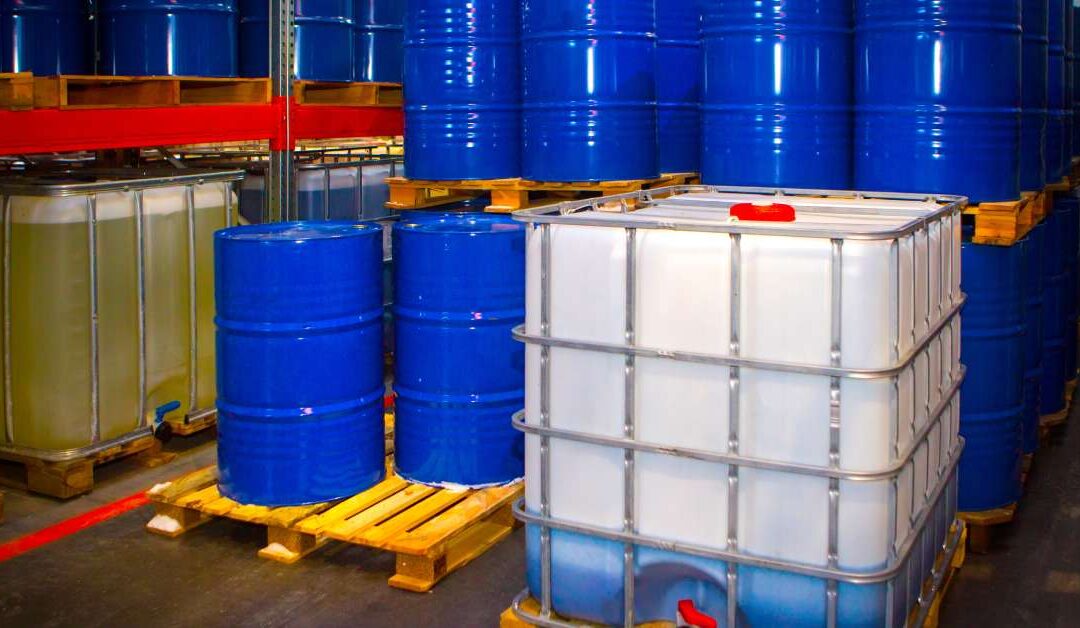Solvent recycling plays an essential role in sustainable manufacturing. This process focuses on recovering and reusing solvents to minimize waste and reduce environmental impact. The ongoing debate between on-site and off-site solvent recycling centers on cost, convenience, environmental benefits, internal processes, and quality control. Today, we’ll explain why choosing on-site over off-site solvent recycling is a strategic move for your business.
Cost-Effectiveness
Transportation can inflate the cost of off-site solvent recycling. By eliminating the need to ship solvents to external facilities, companies can save on fuel and labor expenses. Reduced shipping needs directly translate to lower operational costs.
With the installation of on-site solvent recycling machines, business owners no longer have to worry about freight charges or the logistics of moving hazardous materials across state lines. Subsequently, businesses can allocate those savings to other critical areas, maximizing the overall efficiency of operations.
Lower Recycling Fees
Another financial advantage of on-site solvent recycling is lower recycling fees. On-site operations typically incur fewer costs than third-party services, which can include hidden fees. By handling recycling internally, business owners can avoid these charges and create a more transparent and predictable budgeting process.
Of course, solvent recycling equipment requires an initial investment, but the long-term savings from in-house processes outweigh these upfront costs. Ultimately, companies benefit from reduced transaction fees, more control over financial planning, and better resource allocation.
Investment in Equipment vs. Long-Term Savings
Businesses that invest in solvent recyclers see a swift return on investment through reduced operational costs and increased efficiency. Owning the equipment means more control over recycling processes and schedules, eliminating dependency on external providers.
Over time, the savings from decreased transportation and recycling fees and improved operational efficiencies contribute to a healthier bottom line. Consider a mid-sized manufacturing company that initially invests in a solvent recycling unit. In the first year alone, it saves thousands of dollars by cutting out external recycling service fees and reducing transportation costs. With the equipment in-house, the company can recycle solvents on demand, resulting in less downtime and increased productivity. Furthermore, the company experiences fewer disruptions due to logistic issues and gains the flexibility to adjust recycling schedules to match production cycles.

Environmental Impact
On-site recycling reduces a company’s carbon footprint. Owners and managers can decrease transportation emissions by eliminating the need to transport solvents to off-site facilities. This shift reduces energy consumption and contributes to sustainability goals.
Solvent recyclers allow business leaders to manage their environmental impact proactively. Localized processing reduces energy requirements and creates a more eco-friendly operation that aligns with global efforts to combat climate change.
Sustainable Waste Management
Sustainable waste management is another reason to choose on-site over off-site solvent recycling. Immediate processing of solvents reduces hazardous waste accumulation, creating a cleaner production environment. With recycling units, business owners can control and minimize waste production.
This approach benefits the environment and sets a precedent for a modern, responsible manufacturing process. Essentially, business leaders can enhance their reputations by demonstrating their commitment to sustainability.
Conservation of Resources
Solvent recycling directly contributes to resource conservation efforts. By recycling and reusing chemicals, companies reduce the need for constant replenishment while saving valuable resources. This practice supports a circular economy and promotes reuse. Solvent recyclers provide an efficient means to achieve conservation goals, allowing business owners to conserve natural resources while maintaining high production standards.
Typically, resource extraction and processing consume a significant amount of energy and release greenhouse gases and other pollutants. These processes can also deplete natural resources and accelerate habitat destruction, but solvent recycling mitigates the environmental impact of the extraction and production of virgin solvents.
Convenience
Another advantage of on-site recycling is the immediate availability of recycled solvents. Companies can access these resources without waiting for them to return from an off-site facility. Recycling equipment ensures that businesses have a steady supply of materials at their disposal, optimizing production schedules and minimizing downtime.
Streamlined Operations
Integrating solvent recycling into existing production can lead to more streamlined operations. On-site processes minimize disruptions and support continuous manufacturing. Solvent recycling units fit seamlessly into established systems, allowing for efficient resource management. Business leaders can maintain consistent production rates while avoiding the bottlenecks and delays of off-site recycling.
Customization and Control
On-site recycling offers companies greater customization and control over the process. Business owners and managers can adjust recovery processes according to the types of chemicals used, resulting in higher-quality recycled materials. Precise control ensures that enterprises maintain their standards and that products consistently meet market expectations.
For example, a pharmaceutical company using various solvents for different drug formulations can customize the recycling process to meet the purity standards of the pharmaceutical industry. By fine-tuning the recovery parameters, the company ensures the solvents maintain the quality and purity levels for sensitive applications, such as injectable medications.

Simplified Internal Processes
On-site recycling with recovery equipment makes it easier to manage legal requirements by providing direct oversight and control over recycling activities. Reduced paperwork and administrative burdens create a more manageable compliance strategy.
By implementing on-site processes, companies reduce the risk of non-compliance fines and lower the liability of transporting hazardous materials. The machines eliminate the need for external transport and minimize the potential for accidents and spills. Enhanced safety allows business leaders to concentrate on core operations without worrying about external liabilities.
Furthermore, on-site recycling ensures businesses maintain operational security. With direct control over the recycling process, business owners can ensure all activities meet regulatory standards and avoid costly fines and legal complications.
Quality Control
On-site recycling allows companies to guarantee uniformity in solvent purity and performance. Solvent recovery units provide direct oversight of the recycling process, ensuring the materials meet the company’s high standards. This level of quality control guarantees that business owners and managers can rely on their chemicals for consistent production results.
Moreover, on-site recycling facilitates immediate problem resolution, allowing for quick identification and rectification of issues. Businesses can continuously monitor and adjust the recycling process to address problems as they arise and keep operations smooth. For instance, a chemical manufacturer swiftly detects impurities or inconsistencies in recovered solvents using real-time monitoring systems. When an issue arises, they immediately adjust on the spot, preventing potential disruptions in the production line.
Final Thoughts
On-site solvent recycling offers several advantages, making it the superior choice for business leaders seeking efficient, sustainable, high-quality solutions. If you want to invest in this equipment, contact Solvent Waste Management. We offer outstanding solvent recycling systems at affordable prices!

